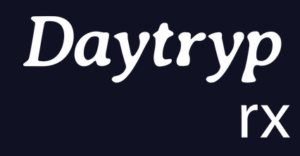Chronic stress and trauma can trap our brains in loops of anxiety, depression, and pain by strengthening fear‑related pathways and weakening healthier connections.
Neuroplasticity—our brain’s ability to rewire those circuits—is key to recovery, but traditional treatments often work slowly.
Ketamine, a dissociative anesthetic, has emerged as a rapid tool to boost neuroplasticity and open a window for healing.
In this article, we’ll explore how ketamine influences the brain, what research has revealed, and its potential for people living with depression, PTSD, and chronic pain.
In This Article
- How ketamine works: from NMDA blockade to new synapses
- The plasticity window: how long do changes last?
- Long‑term effects and safety
- Why neuroplasticity matters for healing?
- Supporting neuroplasticity beyond ketamine
- Choosing a safe ketamine program
- The future of ketamine and neuroplasticity
- Ready to Rewire and Recover?
How ketamine works: from NMDA blockade to new synapses
Ketamine’s therapeutic effects begin with its role as a non‑competitive antagonist of N‑methyl‑D‑aspartate (NMDA) receptors, a type of glutamate receptor found throughout the brain. By temporarily blocking these receptors, ketamine triggers a surge of glutamate, the brain’s main excitatory neurotransmitter.
This glutamate burst stimulates α‑amino‑3‑hydroxy‑5‑methyl‑4‑isoxazolepropionic acid (AMPA) receptors, which in turn lead to the release of brain‑derived neurotrophic factor (BDNF) and activation of the mammalian target of rapamycin (mTOR) pathway.
A systematic review of ketamine’s rapid antidepressant effects found that molecules involved in neuroplasticity – including glutamate, AMPA receptors, mTOR, and BDNF – increase following ketamine exposure, and these molecular changes are paired with rapid mood improvements.
In other words, ketamine sets off a cascade of signaling events that encourage neurons to grow, connect, and communicate.
These molecular signals translate into structural changes. In animal models of chronic stress and depression, ketamine rapidly increases the number of dendritic spines (tiny protrusions on neurons where synapses form) in the medial frontal cortex and hippocampus.
Studies using two‑photon microscopy show that a single ketamine dose elevates dendritic spine formation in the frontal cortex within a day and reverses stress‑induced spine loss within 12 hours, but not before 6 hours.
This timing is important because behavioral improvements in depressed mice occur within three hours, suggesting that functional circuit changes precede structural growth.
The new spines begin to appear later (12–24 hours), and animals that regrow more spines maintain better mood improvements two to seven days after treatment.
The plasticity window: how long do changes last?
Ketamine’s neuroplastic effects unfold over multiple timescales:
- Minutes to hours: At subanesthetic doses (about 0.5 mg/kg via infusion), ketamine can relieve depressive symptoms as quickly as one hour and is sustained for up to 1–2 weeks. The rapid symptom relief is linked to molecular changes like increased glutamate and BDNF release and decreased inhibitory interneuron activity, which create a burst of excitatory signaling.
- Hours to days: The plasticity potential – the brain’s readiness to form new synapses – peaks within a few hours. In rodent studies, the probability that a glutamate burst will evoke a new dendritic spine rises from 20–25 % to about 50 % at two hours post‑ketamine and begins to decline by 12 hours. New spines emerge between 12 and 24 hours.
- Days to weeks: The new synapses support longer‑term behavioral benefits. Clinical studies show that one or more ketamine sessions can produce mood improvements that last one to two weeks. Response rates are around 60–70 %, with remission in about 30 % of patients with treatment‑resistant depression. Repeated treatments may extend this benefit, but more research is needed to define optimal dosing schedules.
The duration of ketamine’s neuroplastic effects likely depends on the dose, frequency, and individual biology. Ongoing research aims to determine how often treatment should be repeated to maintain benefits and whether combining ketamine with psychotherapy can prolong neuroplasticity.
Long‑term effects and safety
Most research suggests that subanesthetic doses used in clinical settings are safe and may even be neuroprotective. A review of preclinical studies notes that ketamine has a combination of neuroprotective and neurotoxic properties that depend on dose and context.
At anesthetic doses during sensitive developmental periods, ketamine can increase inflammation and cell death, whereas at subanesthetic doses it activates multiple neurotrophic pathways and supports neuronal survival.
Long‑term recreational misuse, however, has been associated with cognitive deficits and bladder problems. More research is needed to determine the effects of repeated therapeutic dosing over months or years.
Why neuroplasticity matters for healing?
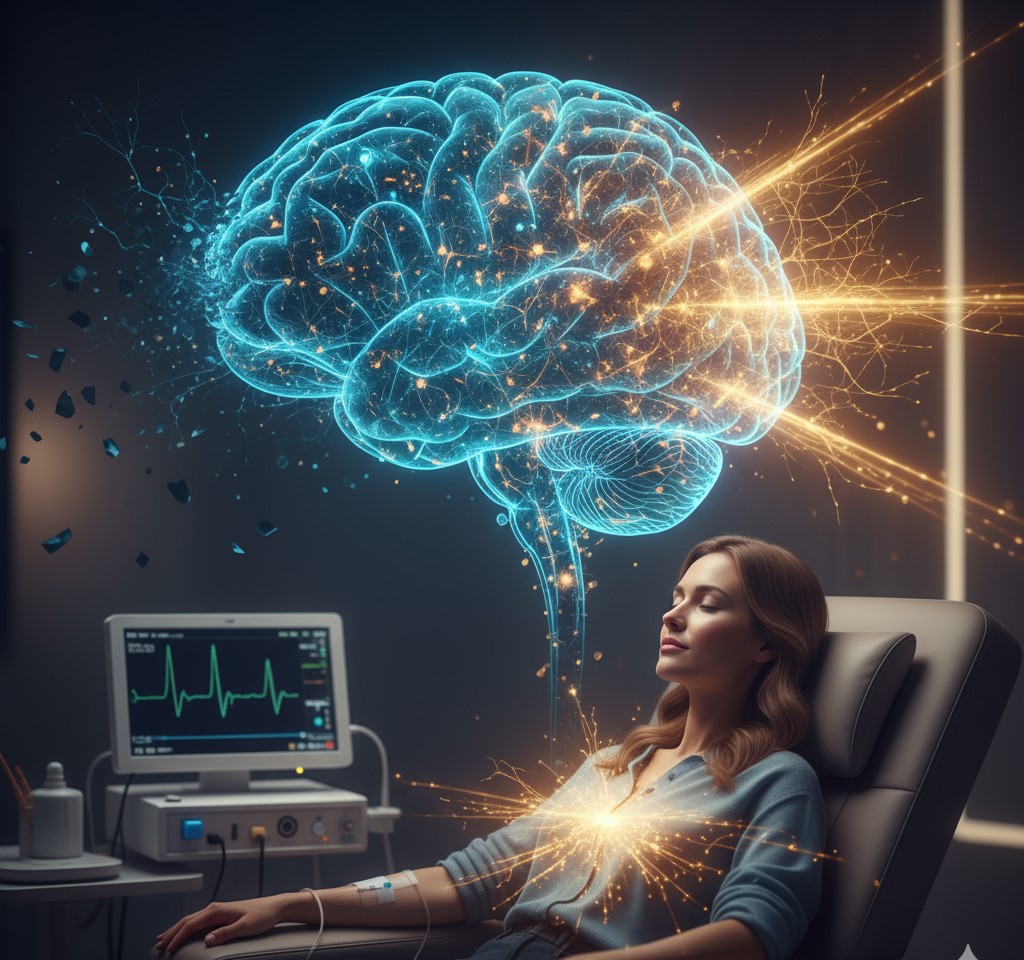
Depression
Chronic stress and depression shrink dendrites and reduce synapse number, particularly in the medial prefrontal cortex and hippocampus – brain regions involved in mood regulation and decision‑making.
Ketamine’s ability to quickly restore synaptic connections may explain its rapid antidepressant effects.
Studies show that blocking the plasticity actions of ketamine (e.g., by inhibiting dopamine D1 receptors or interfering with mTOR signaling) eliminates its antidepressant benefits.
Restoring synaptic connectivity appears to be a prerequisite for sustained mood improvement. If you’re considering treatment for persistent low mood, see our ketamine therapy for depression resource.
PTSD and fear memories
PTSD involves maladaptive fear circuits and intrusive memories. Emerging research suggests that ketamine may disrupt fear memory reconsolidation and promote the formation of new, safer associations.
Ketamine has been shown to reduce hyperactivity in the default mode network (DMN) – a brain network often overactive in people with depression and PTSD – and to calm repetitive negative thinking.
By temporarily quieting the DMN, ketamine may allow new neural pathways to form and help patients engage more effectively in trauma‑focused therapies.
Chronic pain
Ketamine has long been used in anesthesia and pain management. Its NMDA receptor blockade dampens central sensitization, a process where the nervous system becomes hypersensitive to pain.
The same neuroplastic mechanisms that help mood disorders may also reorganize pain pathways, explaining why ketamine infusions can provide relief for some chronic pain conditions.
To explore ketamine’s potential in pain management, visit our ketamine for chronic pain resource.
Supporting neuroplasticity beyond ketamine
While ketamine can jump‑start the brain’s capacity to rewire, lifestyle factors also influence neuroplasticity. Here are evidence‑informed ways to support brain health and enhance the effects of therapy:
- Exercise: Regular aerobic activity stimulates BDNF production and promotes neurogenesis. Incorporating movement into daily life can enhance synaptic growth.
- Sleep: Quality sleep consolidates new neural connections and supports memory. Aim for 7–9 hours per night.
- Nutrition: Diets rich in omega‑3 fatty acids, antioxidants and polyphenols (e.g., fish, berries, leafy greens, nuts) provide building blocks for brain repair.
- Sunlight and nature: Exposure to sunlight boosts vitamin D and serotonin; time in nature reduces stress and enhances mood.
- Stress management: Chronic stress diminishes BDNF and impairs plasticity. Mindfulness, breathwork, creative hobbies, and social connection can help regulate the stress response.
These habits complement ketamine therapy by providing the brain with the nutrients, rest and stimulation it needs to grow.
Choosing a safe ketamine program
Ketamine therapy should be conducted under medical supervision in a supportive environment. Look for clinics staffed by licensed physicians and mental‑health professionals with experience in psychedelic medicine. A reputable program will:
- Conduct a thorough medical and psychiatric evaluation to assess suitability.
- Tailor dosing protocols and route of administration (infusion, intramuscular, or lozenge) to individual needs.
- Provide integration sessions before and after treatment to help patients process their experiences and apply insights. Read more about integration in our article on ketamine integration coaching.
- Offer a comfortable, relaxing environment and monitor vital signs during sessions.
- Combine ketamine with psychotherapy, mindfulness, nutrition, and other supportive modalities rather than using it as a standalone intervention.
Avoid clinics that make unrealistic promises or downplay potential risks. Ketamine is a powerful tool, but recovery depends on addressing underlying emotional and lifestyle factors.
The future of ketamine and neuroplasticity
Researchers continue to explore how ketamine’s neuroplastic effects might be harnessed for a range of conditions.
Studies are investigating whether combining ketamine with other psychedelics, neurofeedback, or brain‑stimulation techniques could amplify plasticity.
Others are examining ketamine metabolites that might induce plasticity without dissociative side effects. Meanwhile, clinical protocols are refining the number and spacing of sessions needed to maintain benefits.
As scientists learn more about the molecular pathways involved, they may identify other compounds that enhance AMPA receptor activity, BDNF release, or mTOR signaling.
By understanding exactly when and how ketamine boosts plasticity, future therapies could target these windows more precisely. Importantly, caution is warranted; the same pathways that promote growth can, if overstimulated, lead to maladaptive sprouting or excitotoxicity.
Ongoing trials and long‑term follow‑ups will clarify the balance between benefit and risk.
Ready to Rewire and Recover?
If you’ve been living with depression, PTSD, chronic pain, or another condition that hasn’t responded to conventional treatments, there is hope.
Ketamine therapy offers a scientifically grounded approach to unlocking your brain’s natural capacity to heal.
At Daytryp Health, we combine medical expertise with compassionate care to create a safe space for transformation.
Our team will guide you through each step – from assessment and dosing to integration and aftercare – while incorporating lifestyle strategies that support long‑term neuroplasticity.
Take the first step toward rewiring your brain.
Contact us to schedule a consultation and learn whether ketamine therapy could open a new chapter in your healing journey.



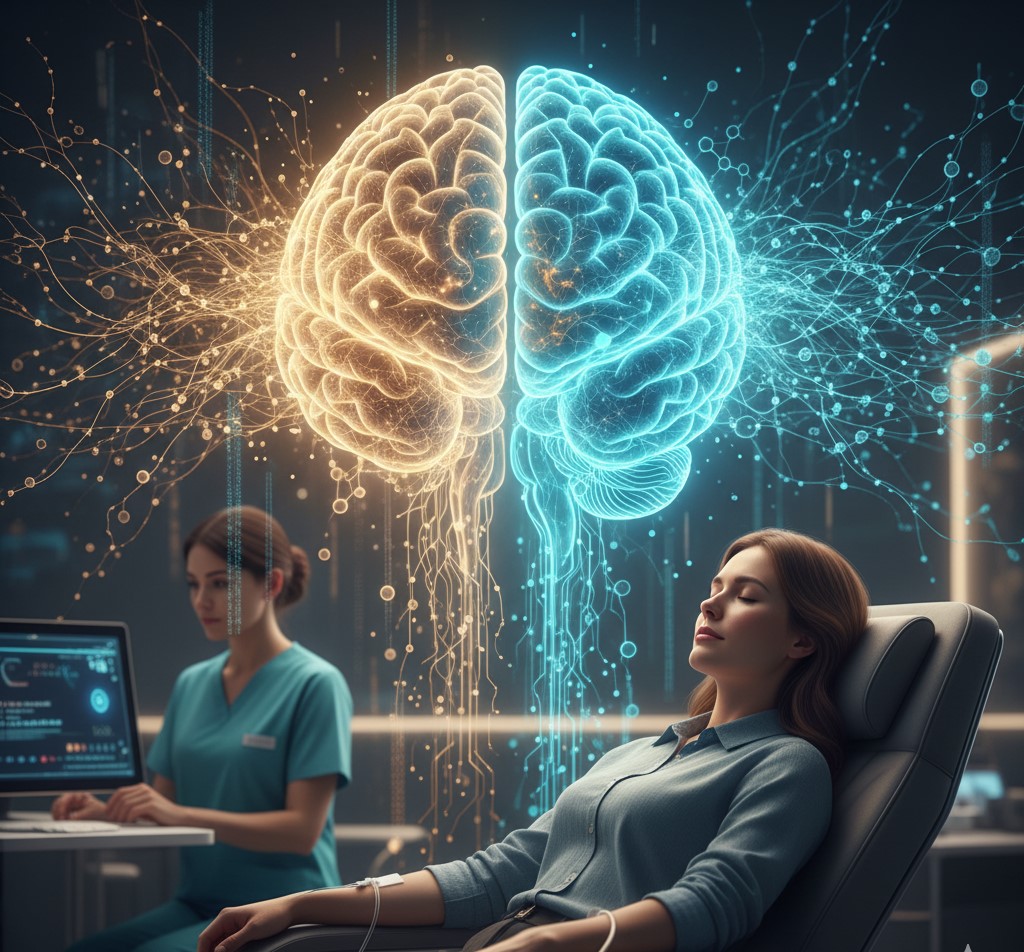
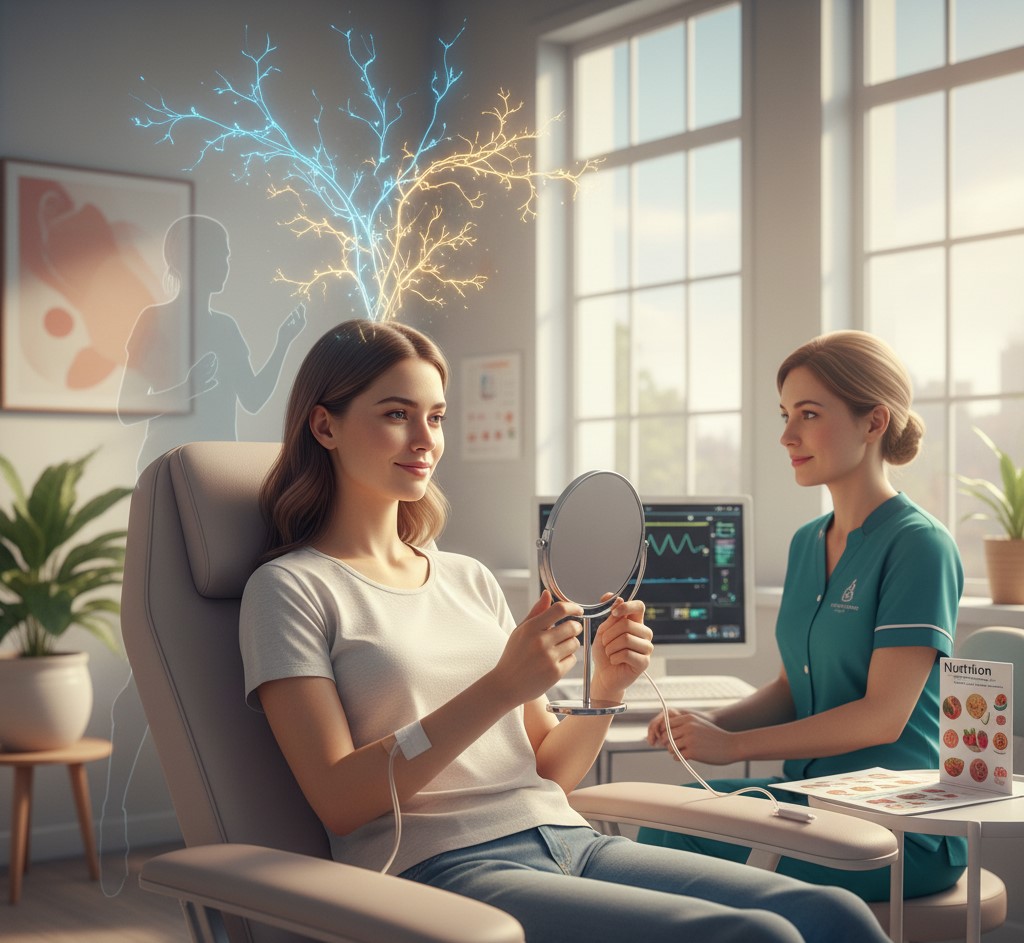
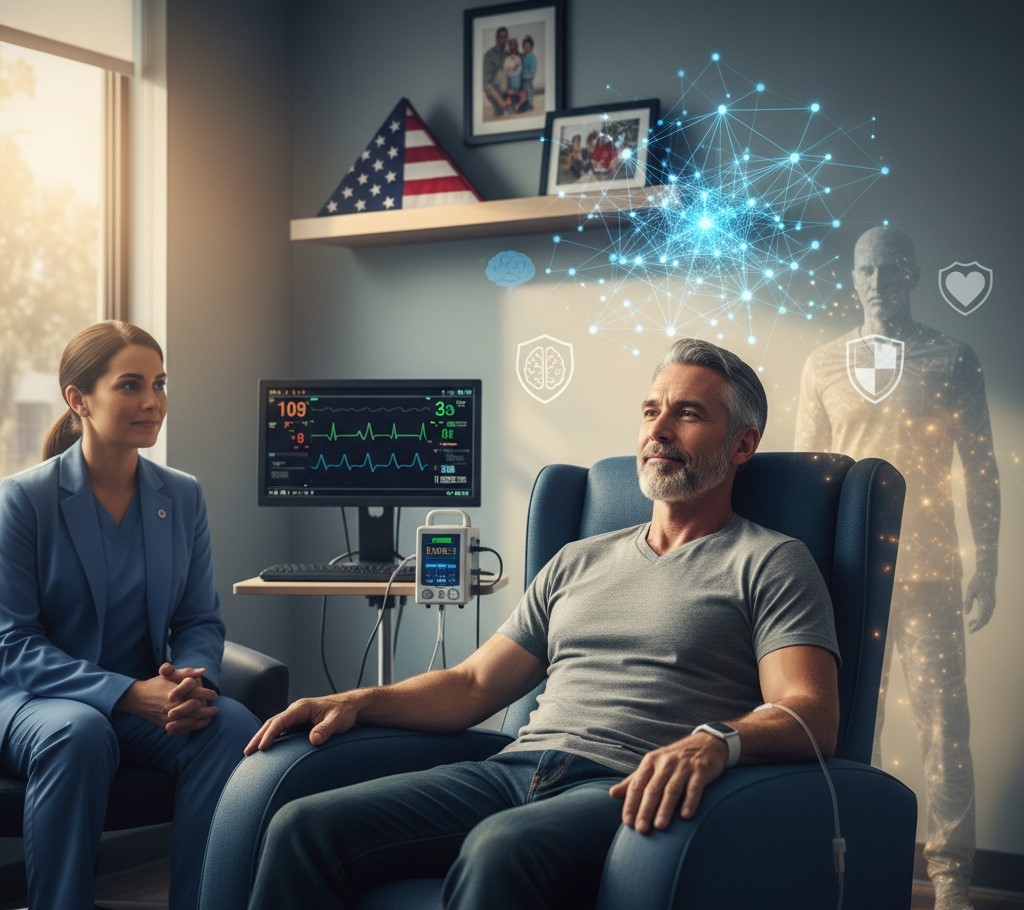
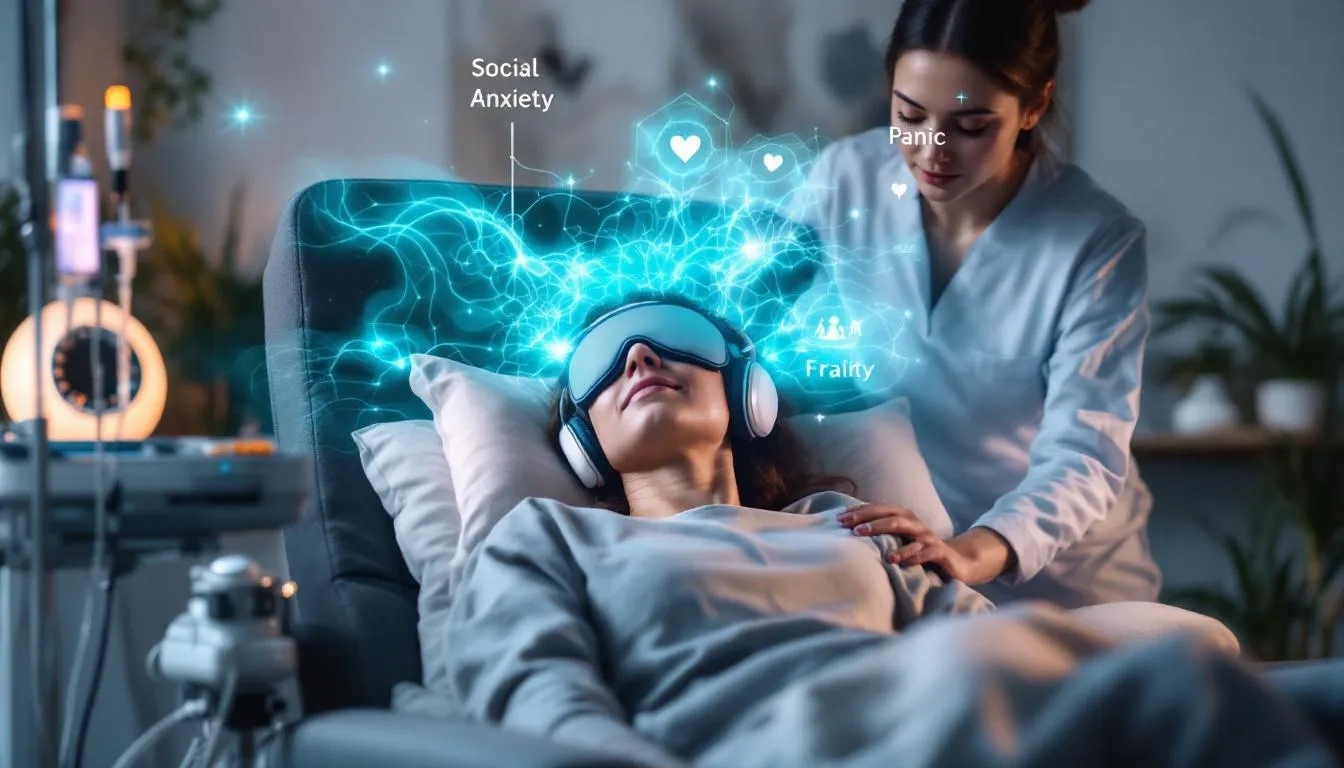



 Daytryp Health has taken
Daytryp Health has taken  The
The 